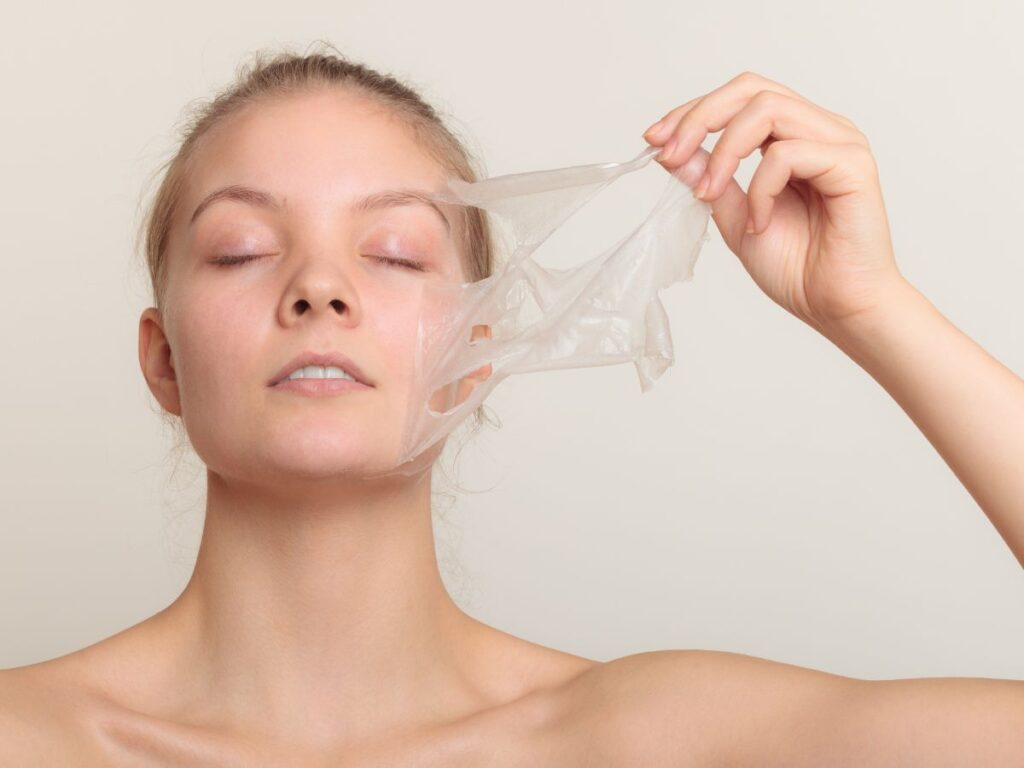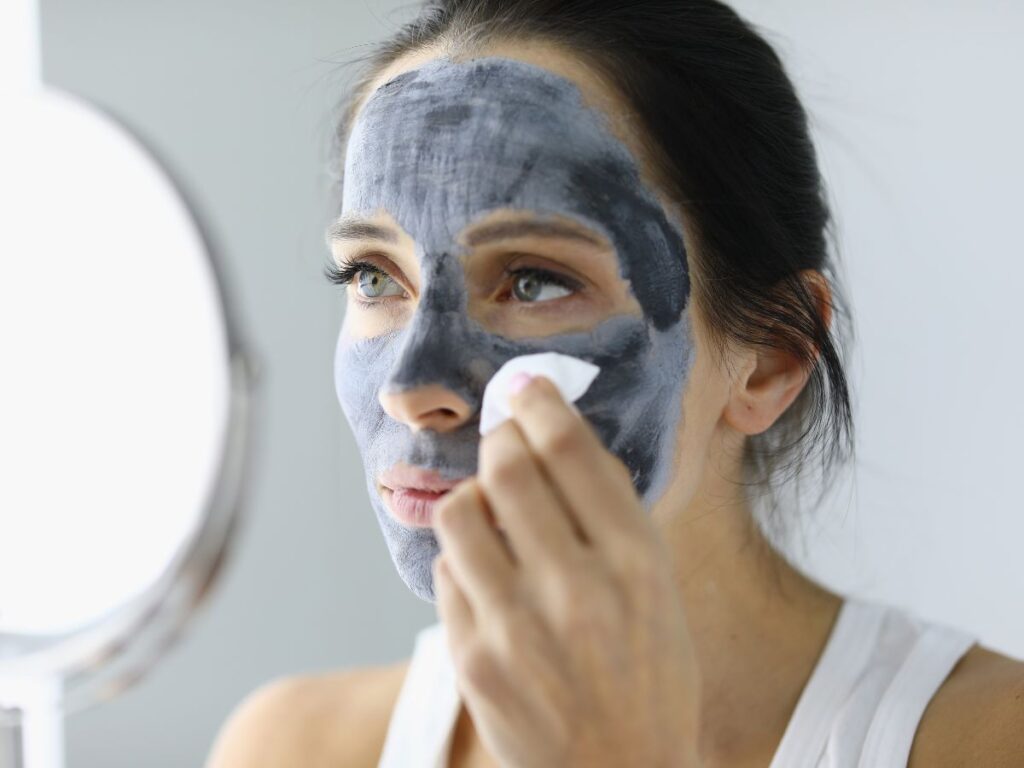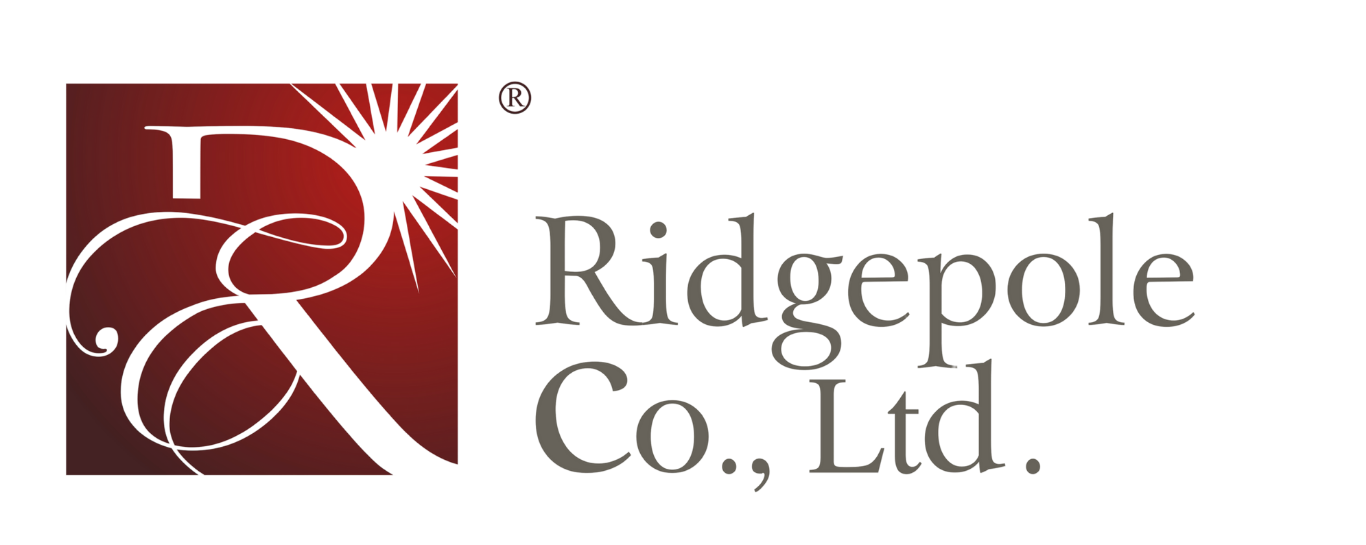Peel-Off Mask vs. Wash-Off Mask: A Quick Comparison

Author: Tommy Tang | Founder at Ridgepole
Hi, I'm Tommy Tang, here to share my expertise in skincare with you.
Table of Contents
I still remember the first time I tried a peel-off mask. It looked super fun—until it was time to take it off. Ouch! I couldn’t tell if I was helping my skin or hurting it. After that, I switched to wash-off masks. They were much gentler, but I always wondered if they worked as well.
If your brand is thinking about launching a face mask line, you might be stuck on the same question. Which is better—peel-off or wash-off?
I’ve teamed up with skincare experts, product developers, and market analysts to find the answer. This isn’t just my opinion; it’s real data to help your business make the right choice.
In this article, we’ll break down the pros and cons of both types of masks. You’ll get practical insights to guide your next product launch.
Let’s get started!
1. What is a Peel-Off Mask?
The first time I used a peel-off mask, I was amazed by how satisfying it felt to remove. But as a skincare business owner, I quickly realized it’s not just about the experience—it’s about the results.
Peel-off masks offer deep cleansing, exfoliation, and a unique application process that keeps customers engaged. They work by forming a film over the skin, binding to dead cells and impurities. Once dry, they’re peeled away, taking excess oil and debris with them.
Key Ingredients
- Charcoal: Charcoal is a popular detoxifying ingredient. It absorbs excess oil, dirt, and toxins from the skin. This helps unclog pores and reduce blackheads.
- Fruit Extracts (e.g., Papaya, Pineapple): Fruit extracts are rich in natural enzymes and antioxidants. Papaya contains papain, which gently dissolves dead skin cells. Pineapple has bromelain, known for its brightening properties.
- Polymers (e.g., Polyvinyl Alcohol, PVP): Polymers are film-forming agents that create the peelable layer on the skin. Polyvinyl alcohol (PVA) is commonly used to trap impurities when the mask dries.
- Aloe Vera: Aloe vera is known for its soothing and moisturizing properties. In peel-off masks, it prevents dryness during the peeling process. It also calms irritation and redness, making the mask suitable for sensitive skin.
Skin Benefits
- Deep Cleansing: Removes dirt, oil, and dead skin cells for a refreshed complexion.
- Exfoliation: Speeds up cell turnover without harsh scrubbing.
- Oil Control: Absorbs excess sebum to reduce shine and prevent breakouts.
- Pore Minimization: Helps refine skin texture and shrink the appearance of pores.
- Improved Blood Circulation: Boosts oxygen flow for a healthy, natural glow.
Potential Drawbacks
- May cause irritation to sensitive skin.
- It can be difficult to peel off evenly.
- Some formulas can be drying.
- Not always suitable for acne-prone skin.
- Requires careful formulation to prevent brittleness.

2. What is a Wash-Off Mask?
The first time I tried a wash-off mask, I didn’t expect much—just a quick hydration boost. But after rinsing it off, my skin felt softer, calmer, and more refreshed than ever.
For skincare brands, wash-off masks are more than just a self-care trend. They offer deep hydration, nourishment, and soothing benefits that customers love. Unlike peel-off masks, they don’t dry into a film. Instead, they infuse the skin with active ingredients, making them a staple for many skincare routines.
Key Ingredients
- Clay: Absorbs oil and detoxifies the skin.
- Kaolin: Gentle, effective for all skin types without overdrying.
- Bentonite: Stronger oil absorption, ideal for acne-prone skin.
- Honey: Honey is a natural humectant, meaning it draws moisture into the skin. It also has antibacterial properties, helping to prevent breakouts. In wash-off masks, it softens the skin and leaves it nourished.
- Hyaluronic Acid: Hyaluronic acid is a powerful moisturizing ingredient that holds up to 1,000 times its weight in water. In wash-off masks, it hydrates and plumps the skin, reducing fine lines and dryness.
- Green Tea Extract: Green tea extract is rich in antioxidants, particularly catechins, which protect the skin from environmental damage. It also has anti-inflammatory properties that reduce redness and soothe irritated skin.
- Avocado Oil: Avocado oil is rich in fatty acids, vitamins A, D, and E, and antioxidants. It deeply nourishes and repairs the skin barrier. In wash-off masks, avocado oil softens dry skin, reduces inflammation, and provides long-lasting hydration.
Skin Benefits
- Hydration: Provides deep, long-lasting moisture with ingredients like hyaluronic acid and glycerin.
- Soothing: Reduces redness and irritation with calming agents like aloe vera and green tea.
- Nourishment: Strengthens the skin barrier with vitamins and essential fatty acids.
- Brightening: Evens skin tone and enhances radiance with antioxidant-rich ingredients.
Potential Drawbacks
- It can be messy to remove.
- May require longer application times.
- Some formulas feel heavy on oily skin.
- Not as visually engaging as peel-off masks.
- Shelf life may be shorter due to high moisture content.

3. Peel-Off Masks vs. Wash-Off Masks: Key Differences
Choosing between peel-off and wash-off masks can be tricky. Each has unique benefits, but they work differently. Let’s break down their key differences to help you decide which suits your product line best.
| Feature | Peel-Off Masks | Wash-Off Masks |
| 1. Texture and Application | Thick, gel-like texture that dries into a film. Easy to peel off without rinsing. | Creamy, clay-based, or gel texture. Stays soft on the skin and requires rinsing. |
| 3. Skin Type Compatibility | Best for oily and combination skin. Can be harsh on sensitive skin. | Suitable for all skin types. Cream or gel masks are great for dry skin; clay masks help oily skin. |
| 4. Active Ingredients | Common ingredients: Charcoal (detox), fruit enzymes (exfoliation), tea tree oil (acne control). | Common ingredients: Honey (moisturizing), hyaluronic acid (hydration), clay (detox), green tea (soothing). |
| 5. Time and Convenience | Dries in 10–20 minutes. Peels off easily without water, making it quick and mess-free. | Takes 10–20 minutes but requires rinsing. Feels more luxurious but less convenient. |
| 6. Results After Use | Leaves skin smooth and refreshed by removing dead skin and blackheads. | Provides long-lasting hydration, leaving skin softer, plumper, and nourished. |
| 7. Experience and Sensation | Fun, satisfying peeling experience. Popular for social sharing due to visible results. | Relaxing, spa-like experience with creamy textures and cooling sensations. Great for self-care routines. |
Both peel-off and wash-off masks have unique strengths. Peel-off masks are perfect for quick, deep cleansing, while wash-off masks excel at moisturizing and soothing.
In my experience, offering both options gives customers more choices based on their skin needs. Stocking both types can attract a wider audience and meet varied skincare preferences.
4. 4 Considerations When Choosing Between Peel-Off and Wash-Off Masks
Choosing the right mask for your skincare line isn’t just about trends, it’s about aligning with your customers’ needs and buying behavior. Peel-off and wash-off masks each serve different purposes, and the right choice depends on your target market.
So, which one fits your brand’s vision best? To help you decide, let’s explore key factors to consider:
#1 Understand Your Customers’ Skin Needs
Before selecting masks for your product line, consider your customers’ skin concerns. Oily and acne-prone customers often prefer peel-off masks because they control oil and remove blackheads. On the other hand, customers with dry or sensitive skin lean towards wash-off masks for their hydrating and soothing effects.
When working with a skincare distributor, I noticed their best-selling product for younger customers was a charcoal peel-off mask because it targeted oil control. However, their mature customer base preferred cream-based wash-off masks with hyaluronic acid for hydration.
#2 Match the Mask Type to Customer Lifestyles
Some customers love quick and easy routines, while others enjoy a longer self-care ritual. Peel-off masks are convenient because they require no rinsing—just peel and go. This makes them popular with busy, on-the-go customers.
Wash-off masks, though, create a spa-like experience. Customers who enjoy self-care rituals and don’t mind rinsing will love these masks for their soothing, nourishing feel.
#3 Consider Product Shelf Appeal
Peel-off masks often have strong visual appeal. Customers love sharing their peeling experience on social media, especially if the mask removes visible impurities. This makes peel-off masks great for viral marketing.
However, wash-off masks can be marketed with luxurious, natural ingredients like honey, avocado, or clay. They appeal to customers seeking natural, clean beauty products.
If your marketing strategy relies on social engagement, consider launching a peel-off mask. For a wellness-focused brand image, wash-off masks with natural ingredients might be a better fit.
#4 Ingredient Trends and Safety Standards
Customers today are ingredient-savvy. They read labels and care about what goes into their products. When choosing masks, consider current ingredient trends and safety standards.
- Trending Ingredients for Peel-Off Masks: Charcoal (for detox), Vitamin C (for brightening), and fruit enzymes (for gentle exfoliation).
- Trending Ingredients for Wash-Off Masks: Honey (for hydration), green tea (for calming), and clay (for oil control).
Also, make sure your suppliers meet safety regulations, especially if you’re importing from different countries. Ingredients should be cruelty-free and compliant with local standards.
Conclusion
Looking back at my first experience with a peel-off mask, I never imagined it would lead to insights that could help businesses like yours. What started as a simple skincare experiment turned into a deeper understanding of how these masks fit into the market.
This guide was designed to take the guesswork out of the decision-making process. Whether your priority is customer preference or marketing appeal, the right choice isn’t just about ingredients; it’s about creating a product that resonates with your audience and drives sales.
If you’re ready to take the next step in launching your skincare line, Ridgepole can help. Contact us today to start developing your next best-selling face mask!
Explore More Helpful Resources
If you need more options, take a look at our full range of products. You might find just what you need:
Still haven’t found what you’re looking for? Don’t hesitate to contact us. We’re available around the clock to assist you.
Quick Quote
Own Your Private Label Cosmetic Line Is No Longer Difficult Here!





